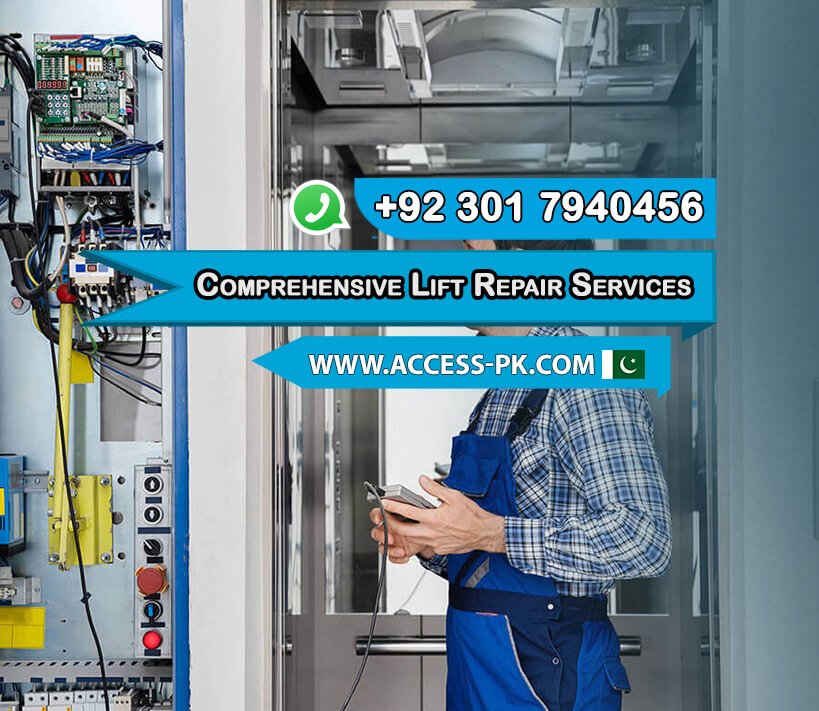Specialist Lift Engineer Course: Educating for Top Lift Repair Companies Near Me
Specialist Lift Engineer Course: Educating for Top Lift Repair Companies Near Me
Blog Article
Comprehensive Guide to Lift Systems and Their Upkeep
Browsing the detailed globe of lift systems and their maintenance is a task that demands precision and expertise. From the various kinds of elevator systems in use to the meticulous adherence to security policies, the maintenance of these vertical transportation gadgets is a diverse undertaking.
Types of Elevator Systems
The most common types include hydraulic lifts, traction elevators, machine-room-less lifts, and vacuum lifts. Hydraulic elevators are excellent for low-rise buildings and use a hydraulic piston to relocate the elevator car. Machine-room-less lifts are a space-saving choice as they do not need a different equipment area for the elevator machinery.
Each kind of elevator system has its own advantages and downsides, making it essential for structure proprietors and programmers to very carefully consider their particular needs prior to picking the most appropriate option. Aspects such as building elevation, area schedule, energy efficiency, and budget restraints all play a considerable duty in identifying the best elevator system for a specific building.
Usual Upkeep Concerns
Regular maintenance of lift systems is important to make certain smooth operation and extend their life expectancy. Despite routine maintenance, lift systems can still run into typical upkeep issues that require to be without delay dealt with to stop disturbances in solution. Normal examinations and aggressive maintenance can assist identify and solve these typical maintenance concerns before they rise and affect the total efficiency of the lift system.
Safety Regulations and Compliance
Sticking to rigorous safety and security laws and making certain conformity with market criteria are paramount for preserving the operational honesty of lift systems. Elevators go through an extensive collection of safety policies to secure guests, upkeep workers, and the public. Regulative bodies such as the Occupational Safety and Wellness Management (OSHA) in the United States and the European Lift Organization (ELA) in Europe establish guidelines that cover numerous facets of elevator design, upkeep, operation, and installment.
Compliance with these regulations is not just a lawful requirement but also an ethical obligation for structure owners and elevator upkeep business. Normal evaluations, upkeep checks, and adherence to safety methods laid out in the guidelines are vital to make certain the reliable and safe procedure of elevator systems.
Ideal Practices for Upkeep

Structure owners ought to also consider spending in innovation upgrades to improve the performance and security of their lift systems. By adhering to these best practices, lift systems can operate smoothly and securely, offering reputable upright transport for occupants.

Advanced Technologies for Performance
Carrying out sophisticated innovations in elevator systems can considerably improve operational efficiency and guest experience. lift maintenance services. One of the vital advancements in elevator modern technology is the intro of location control systems. These systems permit guests to input their wanted floor before entering the lift, which after that directs them to one of the most efficient cars click resources and truck. By reducing unneeded quits and maximizing travel courses, destination control systems minimize wait times and congestion in high-traffic structures.
Additionally, the assimilation of smart sensors and anticipating maintenance abilities has actually changed lift upkeep. These sensing units can identify prospective issues before they rise, enabling aggressive maintenance interventions and minimizing downtime. Additionally, using regenerative drives and energy-efficient elements helps in reducing power consumption and operating expenses in lift systems.
Furthermore, the execution of cloud-based surveillance and remote diagnostics allows for real-time monitoring of elevator performance and prompt troubleshooting of any type of breakdowns. This proactive technique not just boosts system dependability however also enhances the general individual experience by making sure smooth and uninterrupted elevator procedures.
Verdict
Finally, comprehending the different kinds of elevator systems, common upkeep concerns, safety regulations, ideal maintenance techniques, and advanced modern technologies for effectiveness is critical for making certain the smooth procedure of elevators. By adhering to security laws and carrying out best techniques for upkeep, structure proprietors can prolong the life-span of their elevator systems and guarantee the security of travelers. It is very important to remain updated on the latest innovations in lift innovation to improve efficiency and integrity.
The most typical types include hydraulic elevators, grip elevators, machine-room-less lifts, and vacuum lifts. Hydraulic elevators are excellent for low-rise structures and use a hydraulic piston to look at this web-site move the lift cars and truck. Machine-room-less elevators are a space-saving choice as they do not require a different device room for the elevator machinery. Regular examinations and positive upkeep can aid identify and settle these common maintenance concerns before they rise and influence the total performance of the More about the author elevator system.

Report this page